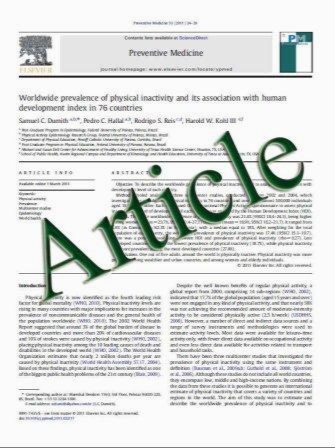Perimesencephalic subarachnoid hemorrhage: when to stop imaging?
- نوع فایل : کتاب
- زبان : انگلیسی
- مؤلف : Juan Pablo Cruz & Dipanka Sarma & Lyne Noel de Tilly
- چاپ و سال / کشور: 2010
Description
To evaluate the yield of digital subtraction angio graphy (DSA) and repeated follow-up imaging in patients with initial pattern of perimesencephalic subarachnoid hemorrhage (PSAH) and negative computed tomography angiography (CTA) in excluding an underlying aneurysm. We conducted a retrospective analysis of all nontraumatic SAH who underwent a DSA between January 2006 and January 2010 and selected those with a PSAH pattern on CT done within 72 h from ictus. All CTAs were performed with a 64-section multidetector row CT scanner, and findings were compared with DSA and to follow-up imaging. Forty-nine patients with initial PSAH pattern and negative CTA who underwent subsequent DSA were identified. Six patients were excluded because CTA was not available in hospitals or 72 h after ictus. Only one patient (2.4%) had a false negative CTA with a 1-mm left ICA aneurysm seen on DSA, considered not to be the source of hemorrhage. An average of 2.0±1.2 follow-up exams per patient (range 0–5) revealed no source of bleeding. One patient had a procedure-related transient complication, but evolved with no sequels. In patients with PSAH, CTA is reliable for ruling out an underlying aneurysm. DSA and, especially, further follow-up imaging have no increased diagnostic yield compared to initial negative CTA.
Emerg Radiol (2011) 18:197–202 DOI 10.1007/s10140-011-0939-6 Received: 22 November 2010 / Accepted: 17 January 2011 / Published online: 1 March 2011


